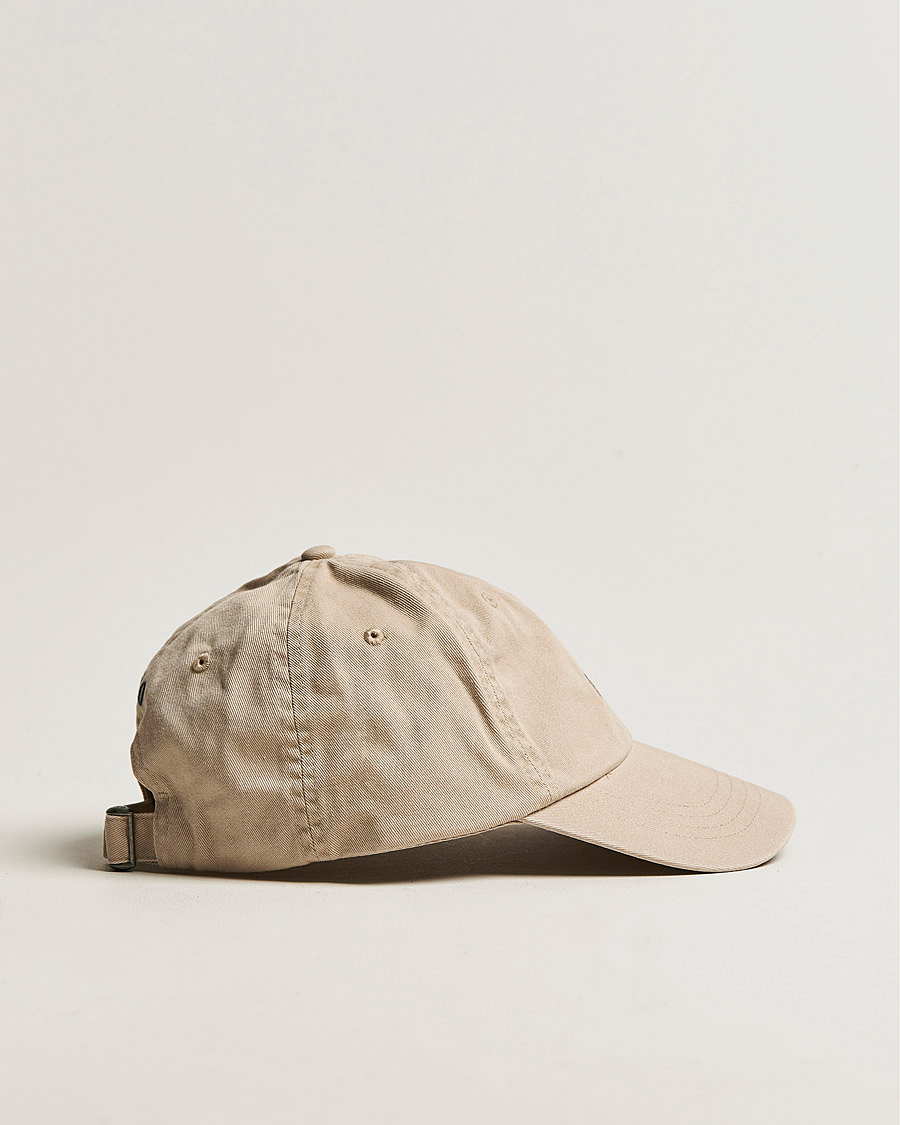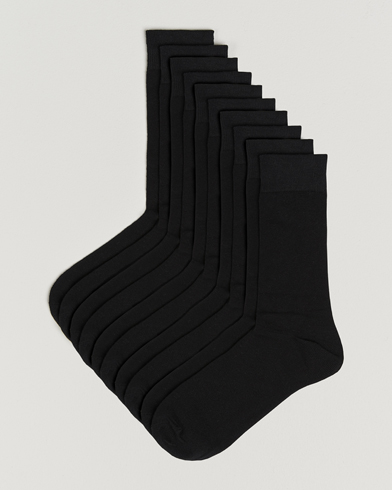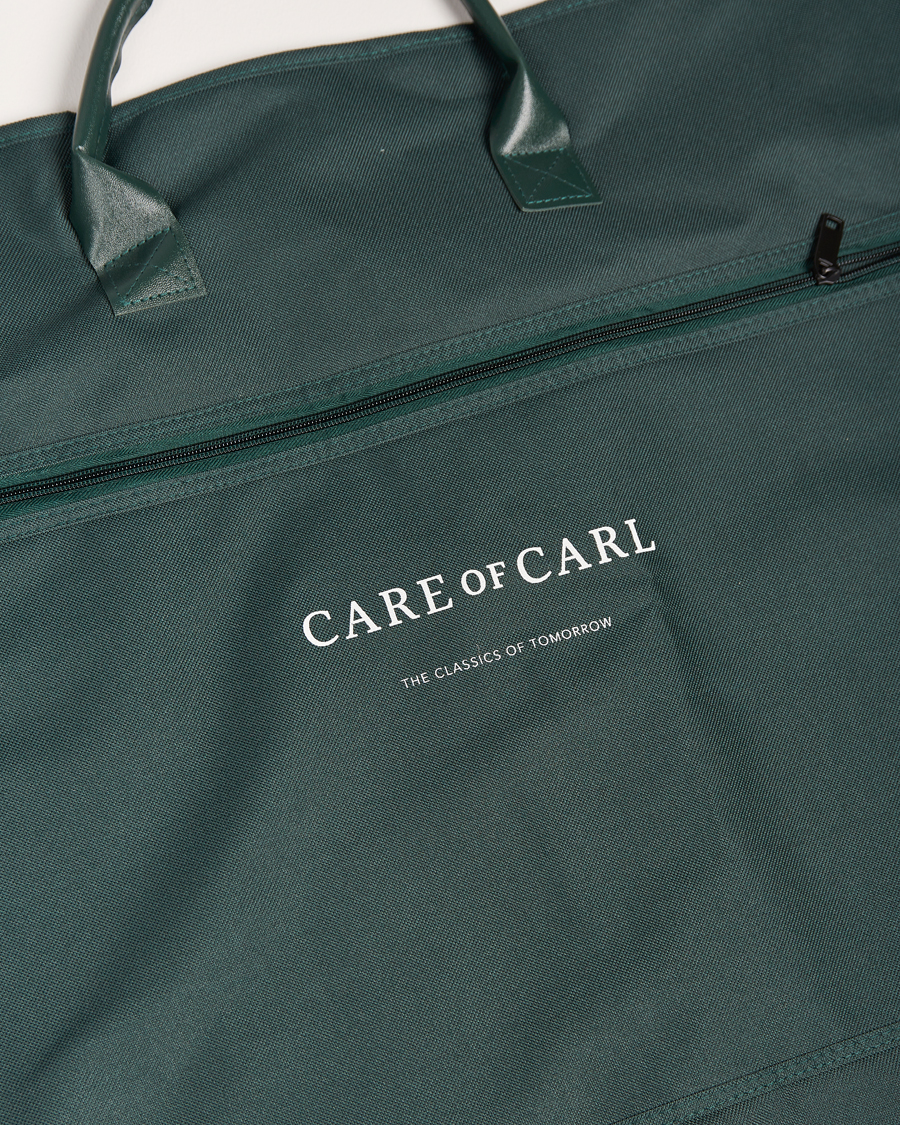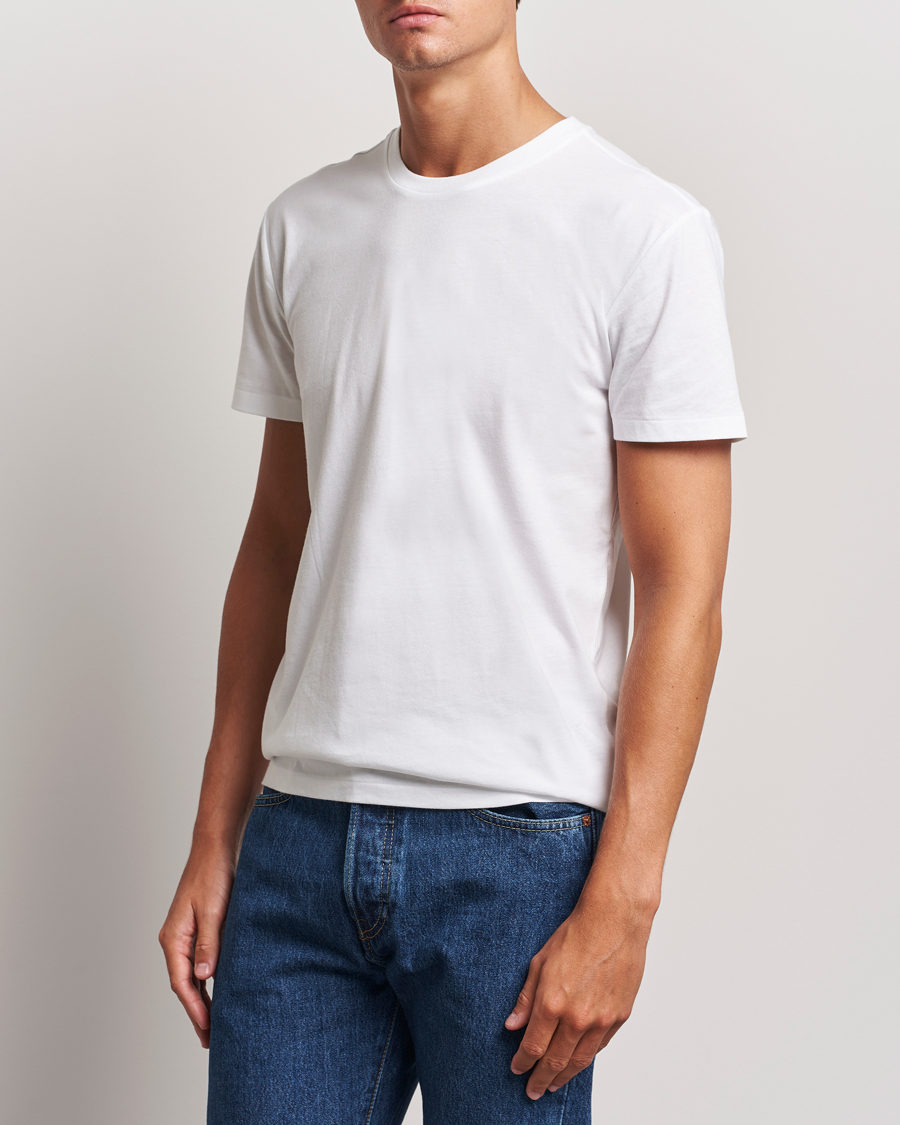How to take care of your functional garments

Thiw is how you wash your training and outdoor garments:
1. PREPARE THE GARMENT
2. CHECK THE WASHING GUIDELINES
3. AVOID FABRIC SOFTENER
4. DRYING
READ MORE: "How to wash your down jacket."
WHAT ARE OUTDOOR/TRAINING CLOTHES?
When we talk about outdoor/training clothes, we mean garments that have been made from intended materials and have undergone such pre & post treatments that added new properties to the garment. When the rain is pouring down, we recommend a coat that is both water-resistant and windproof. When we find ourselves in extreme environments, the correct dry and comfortable clothes are the key.
Plastic fantastic?
If we begin with the fibres that are often used in training and outdoor clothes, there are many artificial fibres. Synthetic fibre is made from chemicals and the raw materials used are petroleum and therefore crude oil. The positive aspect of creating fibres using chemicals is that the fibres can be made to the required length and can be manipulated to make different properties
Synthetic fibre came into existence in the middle of the 1900s, when DuPont launched polyamide under the name nylon 1939. The idea came from the silkworm as its long and strong fibres, something that they wanted to have scaled up. DuPont is even the company behind elastane, sometimes called Spandex or Lycra, a fibre known for its elasticity and stretch ability. It has so far proven difficult to come up with a new/better version of the synthetic fibre. When it comes to rain, skiing and bathing clothes, it is important to have fast drying fabrics and be durable, something that many synthetic fibres can offer. Due to the raw materials not being renewable or environmentally friendly, it is becoming increasingly more important to look at recycled alternatives.
CAN CLOTHES REALLY BREATHE?
If we move away from fibres and instead focus on functional fabrics, you usually talk about three variants: membrane, fabric coatings and microfiber. A membrane is a thin plastic film that is laminated on the inside of the outer fabric. The most common membrane is porous, ie. Contains small cavities that lets water molecules and steam through, but stop water droplets. This protects the fabric from external moisture and at the same time helps to push away moisture that comes from the inside. You probably know of a membrane called GORE-TEX?
A coating is in the beginning a paste that is spread out on the back of fabric in a thin layer. When the paste is dry it expands and builds small cavities that work just like a membrane.
Last but not least, microfibers. Microfibers are made from split, very thin fibres in a loose bundle. During the weaving process, minimal room between the fibres is created which works like the openings in a membrane. The positives with microfiber is that it is the construction itself that gives the fabric these properties and functions, resulting in no waste.
The membrane is perhaps the most coveted fabric to use, and usually performs best, however it is the most expensive fabric. To finish, the answer to the question. Clothes can’t really breathe, but the fabric can move moisture away and to help keep a comfortable body temperature.
Read more about how to care for your GORE-TEX garments here.
DWR - Durable water repellent
Many outer garments have a coating called DWR: Durable Water Repellent, which makes the fabric water-resistant. After washing, heat must be applied to reactivate this protection. Use a warm airing cupboard, tumble dryer or an iron, but make sure that the heat isn’t too high to avoid the garment melting. When the surface treatment has worn out, you can coat the garment again with the help of specially adapted sprays.













